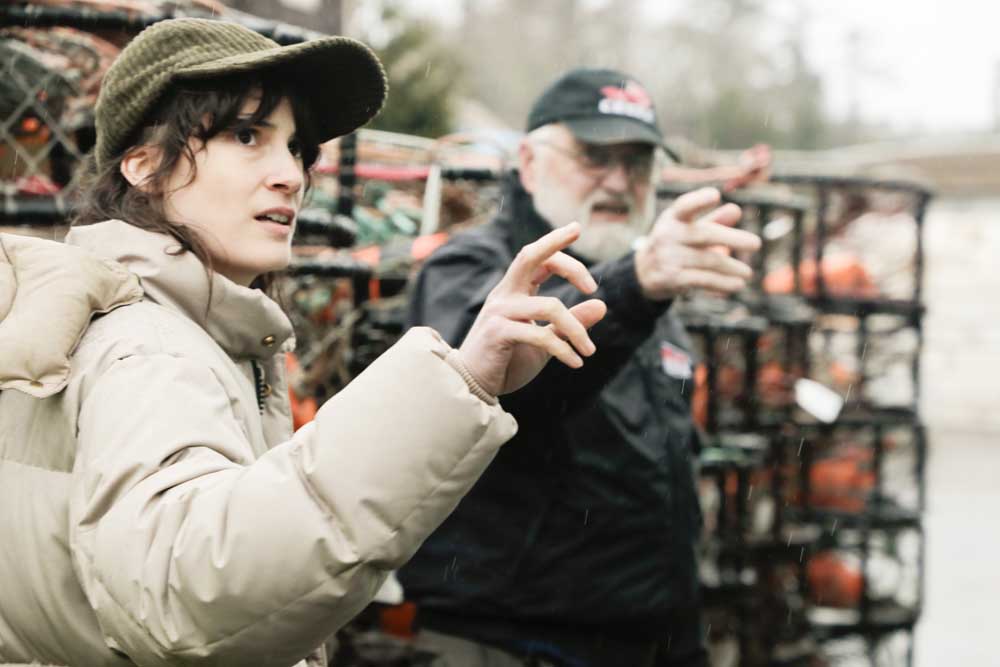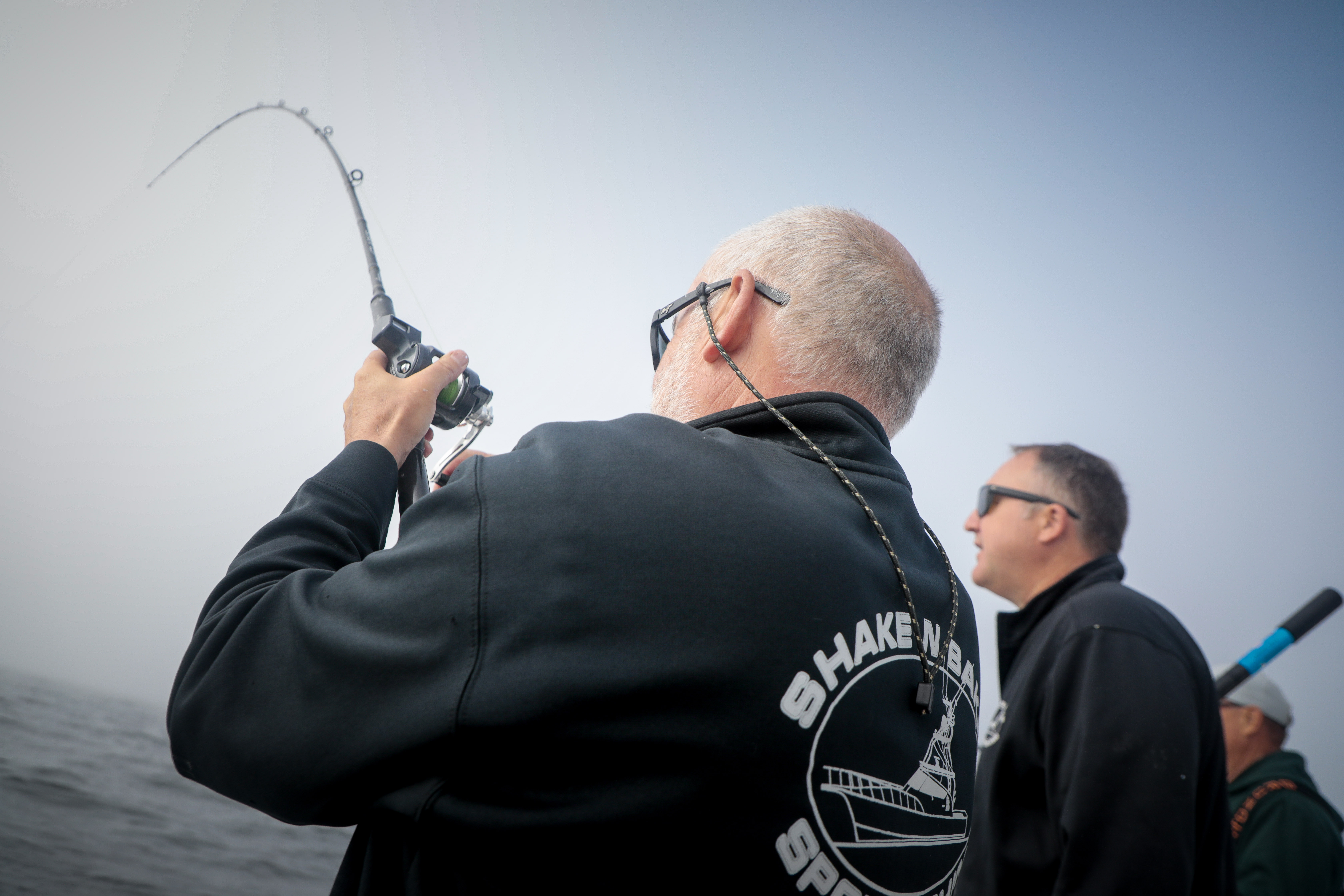Ask a Master Gardener: Learn to use garden color
Published 5:00 pm Tuesday, May 4, 2004
Question: On last year’s Master Gardener Garden Tour [in Grays Harbor County] we saw some beautiful gardens filled with color. We would like to “jazz up” our garden this year with color, but are at a loss on how to proceed.
Trending
Answer: Understanding color and its uses allows gardeners to make the most of their landscape plantings. Color selection can make a flower bed appear close or distant. A distant planting of bright colors will appear closer if softer shades of the same color are used near the viewer. Using softer colors at a distance and strong colors near the house reverses the effect.
Colors can impart a sense of temperature. Red, orange and yellow are considered warm colors. When used on a sunny patio, they give a sense of warmth. They also tend to “advance” or be closer than they really are, so use them to draw attention to parts of a garden or landscape or to make parts of a garden appear closer.
Blues, purples and greens on the other hand, are cool colors. These colors tend to “recede” or be farther away than they really are, so use them to make parts of the garden seem farther away, or not be too noticeable. Use them in shady areas, and they make the shade seem even cooler by providing a calm, serene, relaxing effect.
Trending
Use one or two compatible colors throughout the landscape to develop a relaxing mood. Pastel or weak colors work better than strong vivid colors for this purpose. On the contrary, using strong, contrasting colors creates an exciting landscape. The eye jumps from one color to the next creating a busy exciting feeling.
Many garden designers recommend having no more than about 10 to 15 percent of really warm or hot colors for best design. You can use more warm-colored plants and flowers than this, just fewer in number than the cool colors. Keep in mind that the main color of gardens and landscapes is green, a cool color. Often the effect of cool colors can come mainly from woody plant foliage and lawns. These form the “background” of landscapes.
To make a garden bed look larger, put the warm colors in front and the cool colors in the back. Reverse this to make the bed seem more narrow – warm colors in back and cool colors in front.
White draws even more attention than the warm colors, so use it sparingly. Use it to contrast with other colors, to separate colors from one another, or just by itself.
EDITOR’S NOTE: For answers to local gardening questions, contact Master Gardener Rachel Gana at 642-8723 or e-mail her at: baiter1@pacifier.com.









